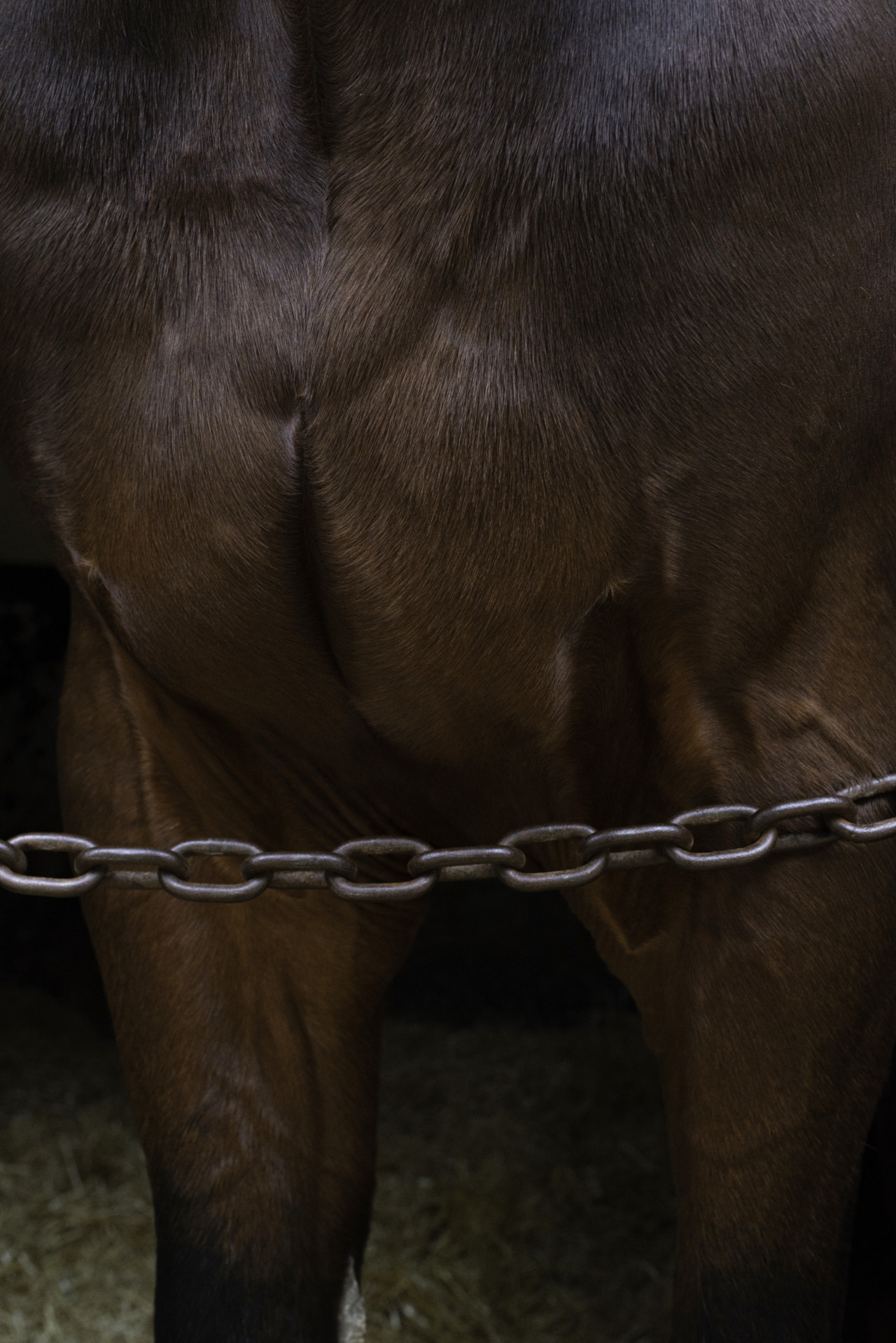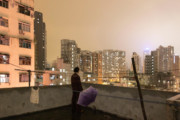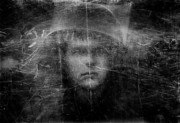Lessons from Magnum and Speos’ Photography Students
Students of the Creative Documentary and Photojournalism course with Magnum Photos and Spéos showcase their work
Creative Documentary and Photojournalism is a course delivered by Spéos Photo and Video School alongside staff and photographers from Magnum Photos, including Patrick Zachmann, who tutored the cohort for the year 2020-21. Below, we take a look at the projects made by students of the course, and the learnings they took away from their year of studies.
You can now apply to the 2021–2022 course here.
Annie Waterman’s project was a journey into French wool. She visited sheep farmers, shearers, and sorters across France for her story. The work is an observation of a fragile industry, spanning generations, that is struggling with the transition into modernity. “There were stories within stories,” Waterman says. “I met a coastal sheep farmer who’d lost his flock of 600 sheep in a tsunami. The common mood among these people was one of determination, genuine connection to nature, and a search for meaning in their everyday work.” On the Magnum Photos and Speos course, Waterman learnt about what it takes to be a “professional photographer”, a large part of which is the ability to control and manipulate light. She reflects that it is important “to look for the light and truly understand how it can play into your image,” elaborating, “This stuck with me and allowed me to take photographs with much more confidence, and make them more impactful.”
“Before joining this program, I really knew how to tell stories,” says Pedro Mendes Levier, who had been a journalist for over ten years prior to the course. “But telling stories through photography is a totally different thing,” he remarks, reflecting that he has learned a talent for crafting narratives through a new medium. His project, ‘Pieces of Alix’, was an exploration of the significance of “flaws and chance”, reflecting on the birth of his daughter Alix, and his late father-in-law —Alix’s grandfather— who left behind a ’77 Pentax K1000 camera “with a jammed film lever that produces weird shots by chance”.
Monika Chabicovsky’s project explored what it means to have a “dark sense of humor”. Aimed at contradicting clichés, Chabicovksy presents selected stereotypes as “case studies” via video, covering themes such as success and love. The statements are intentionally macabre and intensified by background music. Reflecting on the programme, Chabicovsky said, “It is important to share – people give more, if I give something. Thus, I must be ready to disclose why I’ve chosen a specific subject, why it matters to me, who I am and what I want to achieve.”
“If you want to do a story, reportage or a documentary, do something that you are passionate about,” says Joao de Moura, “There is no need to do something big and dangerous if you don’t put your heart on it.” De Moura’s project focused on the beauty of horses. “The close-ups of details of the strength of their legs, the raw appearance of their necks, it’s pure and authentic. […] I’m drawn to this animal and I wanted to share my view on them.”
Qin He spent all of her childhood training as part of a professional swimming team in Zhejiang Province, China, and her project captured the experiences of a group of students at a sports training school in that same hometown. “Coming in at a very young age, these girls won’t leave until 18 years old,” says He, “Days are repetitive with strict rules to be obeyed. Through documenting their daily lives, I feel re-connected to my own past.” On the lessons learnt as part of the course, He says, “Telling stories is a constant, never ending process. Everything we see, we hear, in our daily lives can be useful, can be inspiration or provoke something, because being journalist or photographer means to witness, to capture life, emotions, ideas, the mood. It’s a constant occupation.”
“We are now in the age of social media – overconsumption of what other people do, we read bite-sized texts and fast concept,” says Riccardo Riccio, a Brazilian-Italian photographer based in Paris, France. “To understand how we went from Daguerreotype and wet collodion plate, to this high-quantity, fast photography, you have to go back to the foundations, and the Magnum and Spéos program in Paris did that spot on.” He continues, “I realized that many people gave their life to this way of seeing the world, in every layer of photography there’s a master to learn from and we learned from several different masters from photographers to curators, from editors to printers.” Riccio was diagnosed with Stargardt disease during his childhood, which is a macular degeneration of the retina. His project, Blurry Stories, aims to expose the untold stories of people who, like him, live in a world of shadows.
“Coming up with new and personal projects can be one of the most daunting challenges for photographers,” says Jon Norris, an American photographer from Rockville, Maryland. A valuable lesson for him that he took away from the Speos course was to compile a list of inspirations outside of photography. “choose between 3-5 influences and find a connection between them. Hopefully, this will help you connect the dots and lay the foundation for that personal project you’ve been struggling to identify or come up with.” The series he worked on on the course was a photographic journal that played on the perceptions of reality and fantasy. Through a vivid and ambiguous series of images, Norris pieced together visual mementos of daily encounters between his time in Prague and Paris adorned with stark contrasting colors, gritty shadows, and mystery to create an eerie non-narrative atmosphere. The dreamscape quality of his work aspires to mimic the ambiance of a film noir backdrop charged with color.
Rohitash Sharma’s project was named The Century of the Inconsequentials. The work examined what we are taught about good and bad, and the consequences of acting according to our conditioned sense of morality. “There are few who are in fact innocent, learning to be bad and aching to be unkind,” he says, “because being good has cost them heavily.”
Xareni Penichet says the best lesson she learned while on the Speos course was how to pitch projects — to publishers, editors and more. Her project was inspired by the increasing number of babies born through fertility treatments, focusing on the intimate story of individual women who impart on this journey. “The instinct of motherhood is a powerful desire,” she says. “[The project is] an inward dive into the self-reflective aspect that women take on, illustrating their emotional rollercoaster ride. Some are successful, some are not, but no matter their situation, perseverance or results, they all agree that it has been one of the most difficult things they have done in their lives.”
Find out more about Creative Documentary and Photojournalism with Magnum Photos and Spéos here.






















